Laughter is a social thing, but not all of us laugh equally. Laughter happens when the brain okays your hormones to get your chest muscles to pump that rib cage. What your brain finds laughable depends on your personality and your cultural background.
Online, these differences are magnified as social media users choose when to signal their laughter. To find which countries and U.S. states and cities laugh the most online, Bored Panda analyzed 30 million geotagged tweets.
Our study shows that Guatemala laughs the most in North America, with 77.6 tweets out of 1,000 containing laughter. The U.S. (48.6) doesn’t even make the top five — although U.S. web users laugh more than those in the UK (48.0), which is number one in Europe. All in all, none of these countries makes a dent in the stat coming out of the Philippines: with 119 laughing tweets every 1,000, Pinoys laugh more online than anyone else on the planet.
The Countries That Laugh the Least Online
Our study shows that Costa Rica laughs the least in North America, with only 30.05 tweets out of 1,000 containing laughter. The U.S. (48.6) is just out of the top five for countries that laugh the least in North America. Over in Europe, Moldova laughs the least online, with only 14.80 tweets per 1,000 containing laughter. But none of these countries can compare to Bangladesh, the country that laughs the least online: with just 5.99 laughing tweets for every 1,000.
The Most Disproportionately Popular Laughing Emoji by Country
Everybody has an emoji they use way more than the rest. We analyzed which laughter emoji each whole country uses disproportionately more and found that for the U.S., it’s Face with Tears of Joy (😂). Perhaps surprisingly, the French take it up a gear: their favorite laughter emoji is the classy sounding se rouler par terre de rire (🤣).
The States That Laugh the Most Online
Social media users in Louisiana (71.8) laugh an astonishing 3.16 times more often than those in Vermont (22.8). The states that laugh the least are clustered in the Northeast, with the local exception of Maryland (69.6), which is the state that laughs the second most in the whole country.
The Most Disproportionately Popular Laughing Emoji
Louisiana and Maryland, the states that laugh the most online, have the same most disproportionately popular laughing emoji: Cat with Tears of Joy (😹). In the least laughing state, Vermont, the moderately more restrained standard Face with Tears of Joy (😂) is the most used.
The Top and Bottom 10 U.S. Cities Laughing the Most Online
Both the city that laughs the most (Jurupa Valley) and the city that laughs the least (Berke are in California. Worryingly, a long-term study at the University of California, Berkeley, found that couples that react to stressful relationship conversations with laughter reduce their stress, are happier and “tend to stay together longer.” Whether making jokes about each other on the site formerly known as Twitter would work is not known.
The Last Laugh
Laughing online needn’t mean something’s funny — it can be a signal of allegiance, ironic cheerfulness or just a thing to put when you don’t know what to say (or you don’t get the joke). But perhaps its best use is as a kind of canned laughter to let others know when you’re kidding or when they should find you hilarious:
“When you smile or when you see someone smiling, the same regions of the brain are active,” says Steven Small, Professor in Neurology and Psychology. “If you see two people laughing at a joke you didn’t hear, you may laugh anyway. There’s a real imitative aspect of it that’s been demonstrated. There are overlapping areas for laughing and seeing laughter.”
Methodology
To find out which countries and U.S. States laugh the most online, we analyzed a sample of 30 million geotagged tweets and ranked locations based on the volume of tweets that expressed laughter per 1,000.
We defined a “laughter” tweet as one that included laughing text patterns (e.g., ‘hahaha,’ ‘lol’) or laughing emojis (‘😂,’ ‘🤣,’ ‘😆,’ ‘😹’). We expanded our list by including English variations, as well as variations unique to different languages and countries (e.g., ‘jajaja’ in Spanish and ‘hihihi’ in Vietnamese).
We also analyzed the emoji data to reveal the emoji in each country and U.S. state with the highest percentage of usage compared to the worldwide or U.S. average, respectively.
This data analysis was completed in May 2024. Locations with fewer than 2,000 tweets in the sample were filtered out.
Poll Question
Thanks! Check out the results:
Is nobody going to talk about Guatemala and other South American countries being considered as North American countries?
Is nobody going to talk about Guatemala and other South American countries being considered as North American countries?

 Dark Mode
Dark Mode 

 No fees, cancel anytime
No fees, cancel anytime 






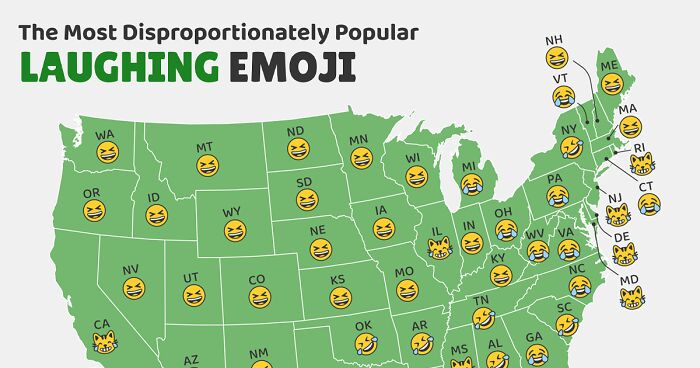
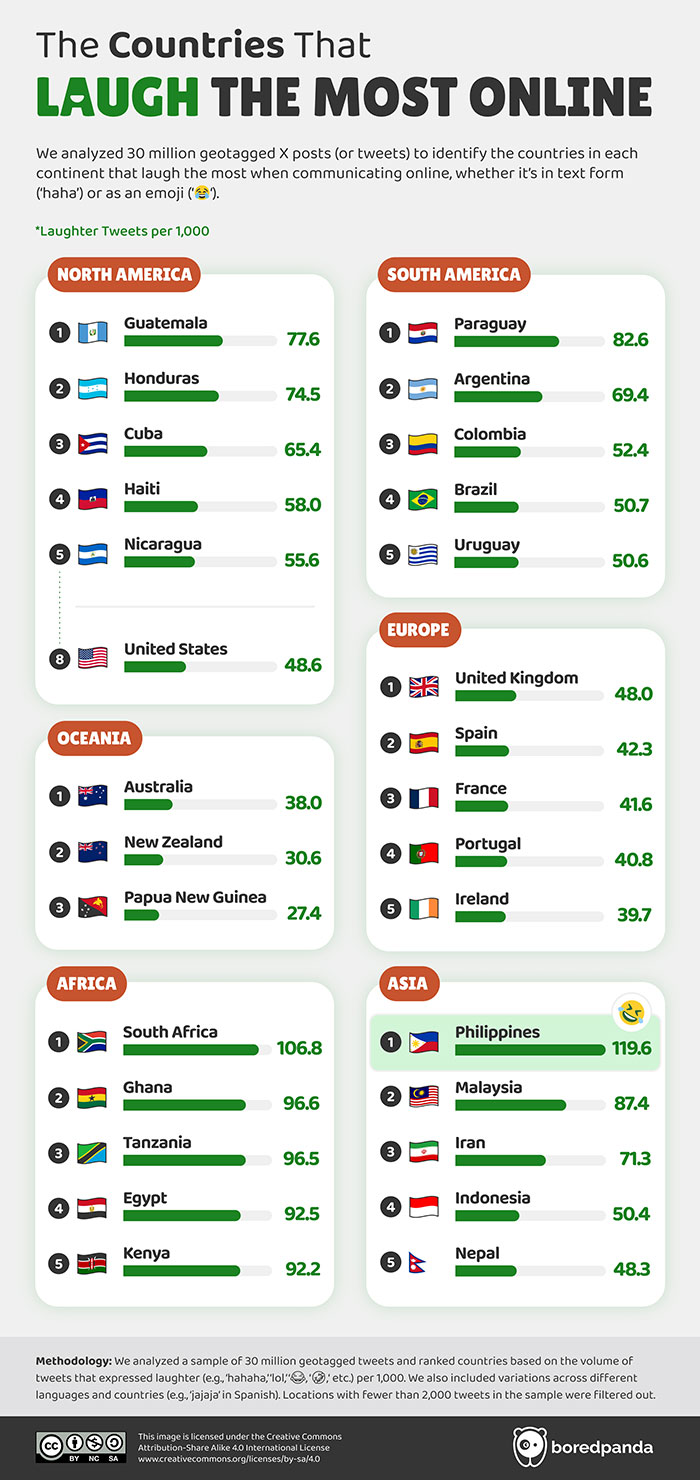
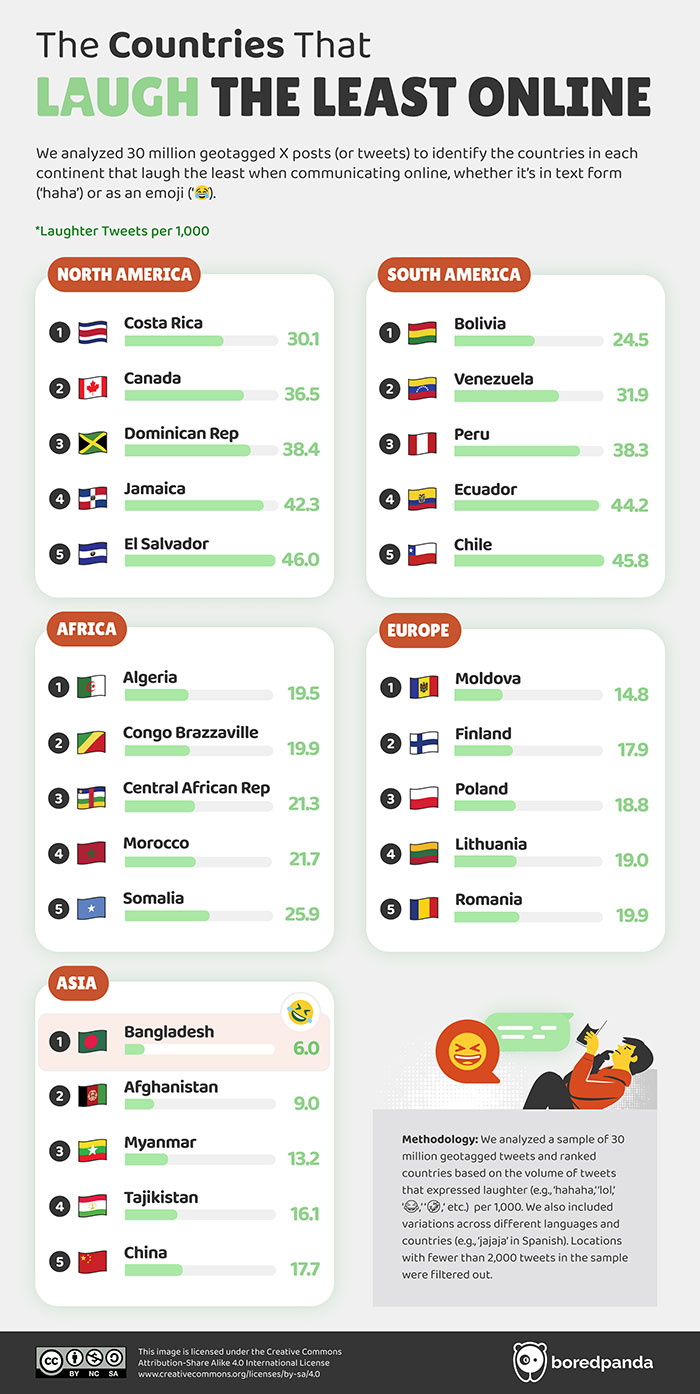
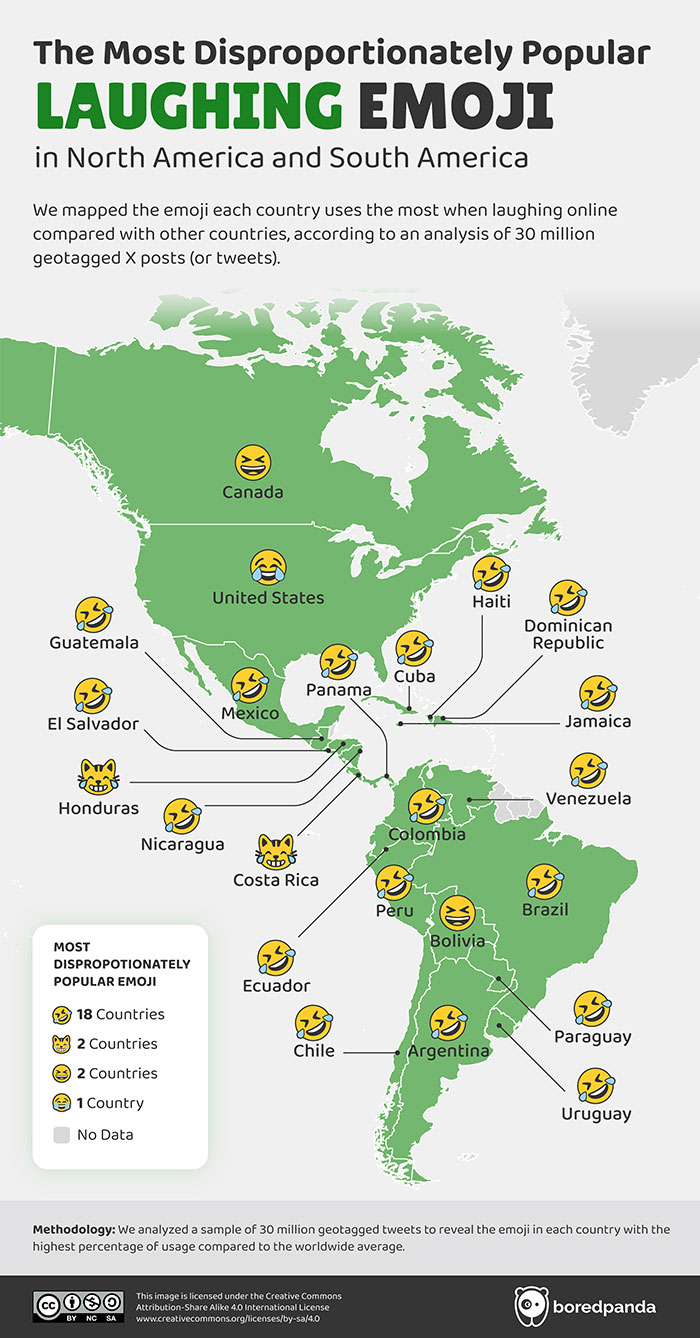
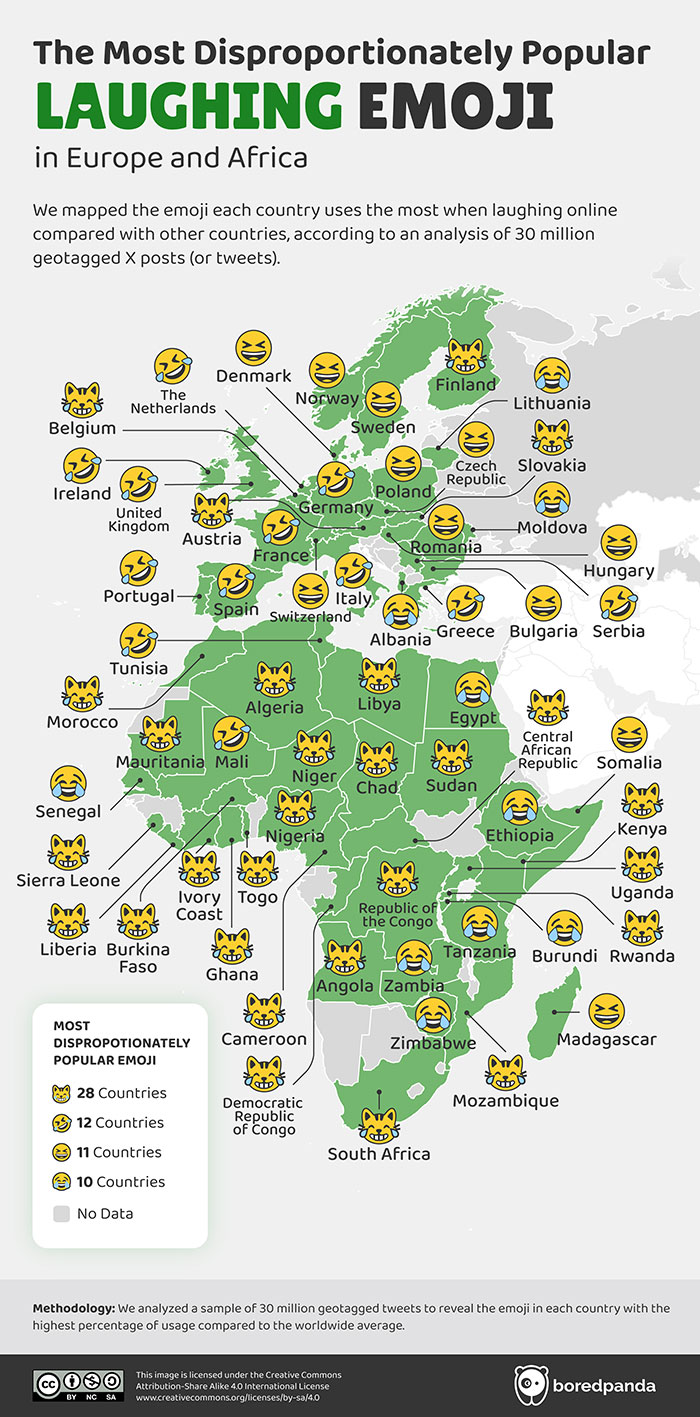

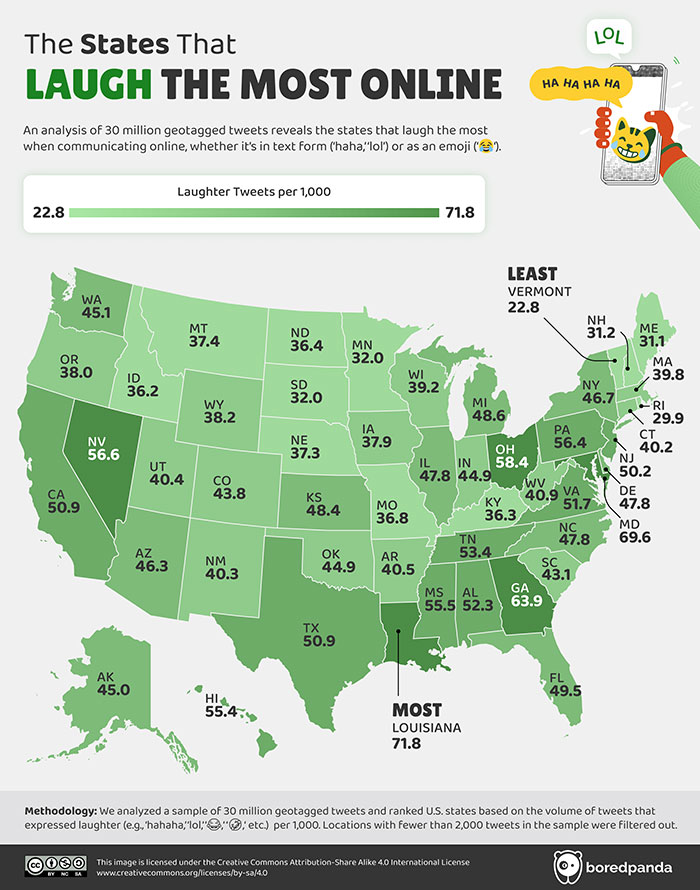
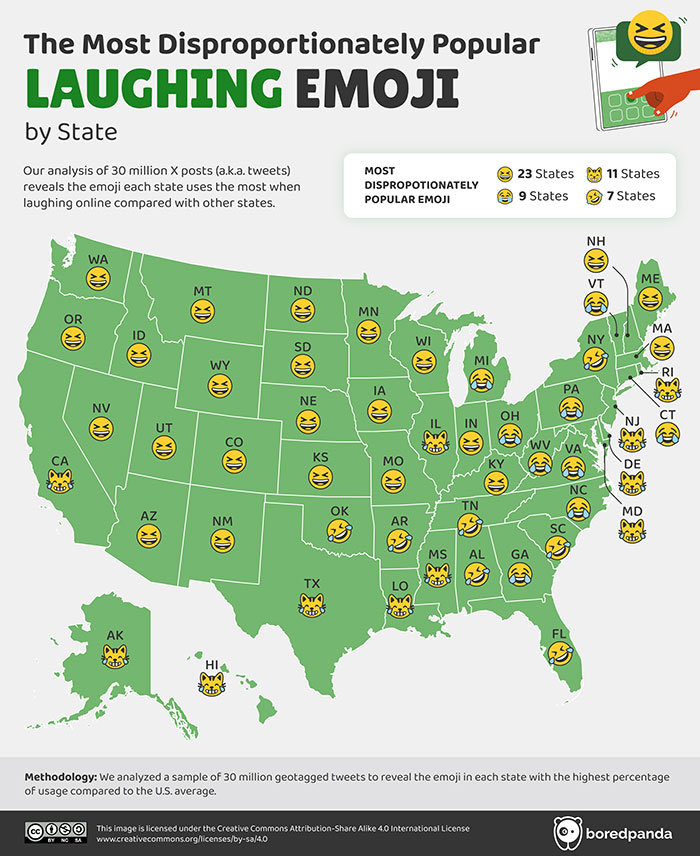
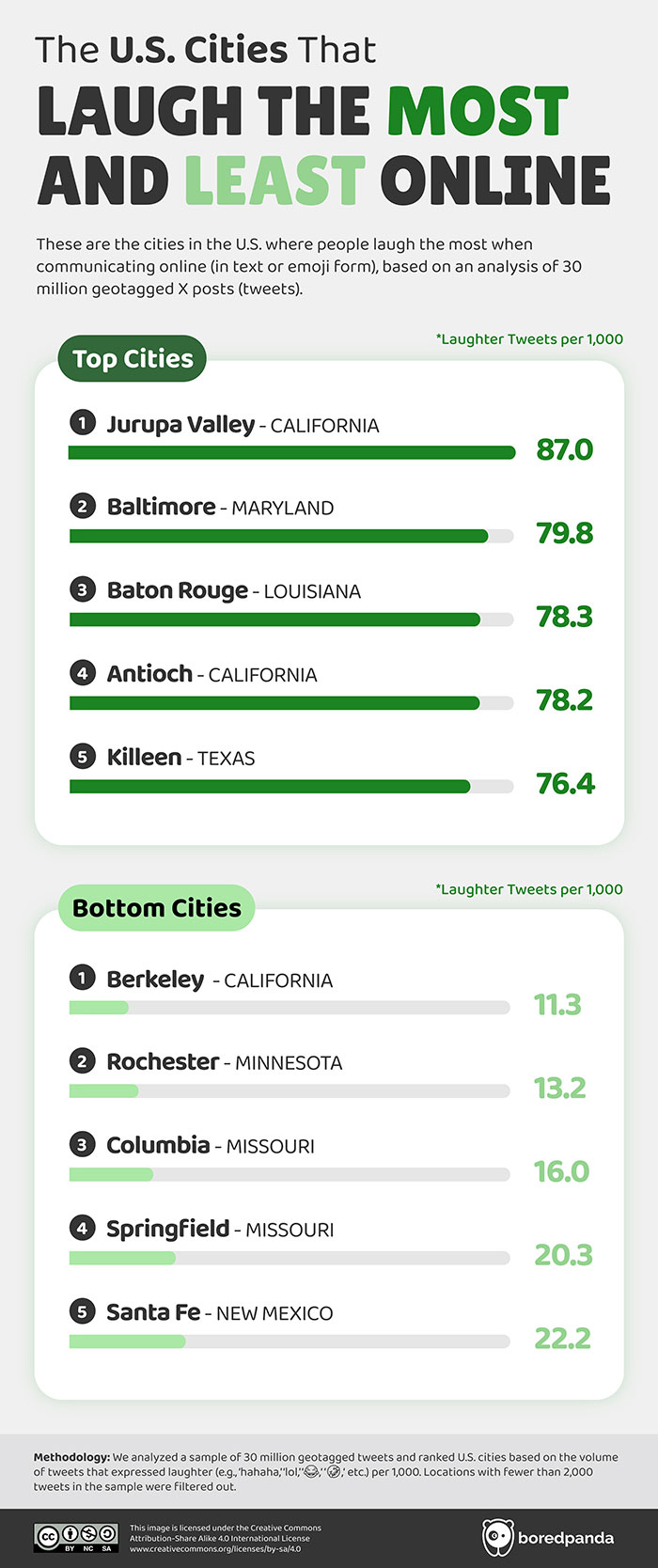












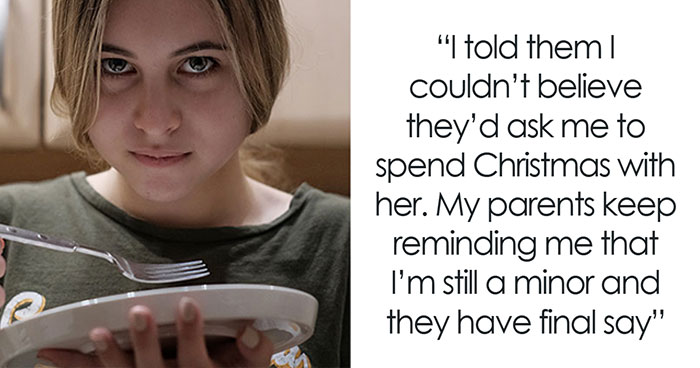































31
11